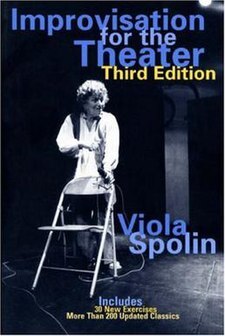

From the 1880’s to the 1930’s and beyond, Vaudeville sprawled across the vast North American continent and reached beyond to other parts of the world, such as England, Germany, and Australia. Yet entertainment through variety shows and improvisation and variety acts that showcased talent that was traveling through town began long ago.

Improvisation with recurring characters was first recorded as early as 391 B.C. in the Etruscan City of Atella. Young men would play stock characters including:
- Buccus (fat, butt of the joke)
- Centunculus (the rom-com figure)
- Dosseunus (vain doctor)
- Maccus (hot-tempered long nose man of the “Punch” variety)
- Manducus (greedy fellow, which fosters plot development)
- Pappus (old man)

Some historians believe that these characters evolved over time to form the basis for 16th and 17th-century commedia dell’arte and then onto the “Punch and Judy” shows.

Skip forward a couple of centuries and you have Dudley Riggs doing improvisation on the Vaudeville stage. Further still, we would have to include Viola Spolin, who brought improvisation to the attention of professional theatres of America in the 1920’s. Her influence and book, Improvisation for the Theater reached beyond Vaudeville’s era to the heart of a troupe of improv actors in Chicago, who formed Second City.
Today we continue the tradition of improv entertainment with shows such as “Whose Line is it Anyway?” From this timeline we can see that one small step for young Italian actors has become one giant leap for the entertainment of mankind.


